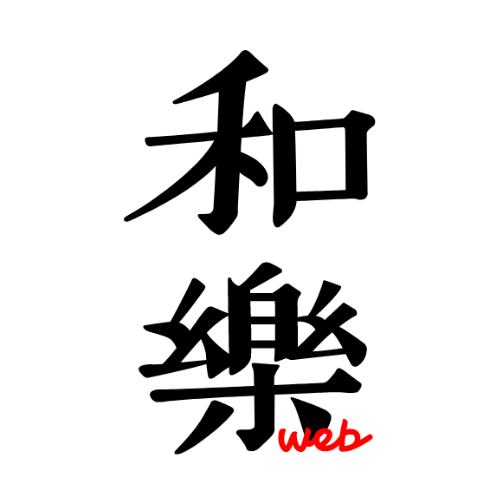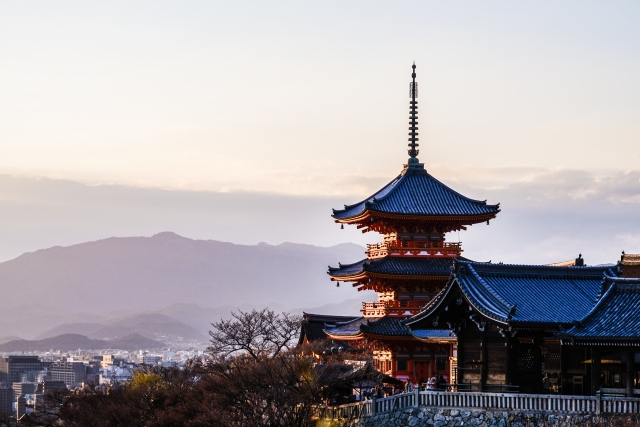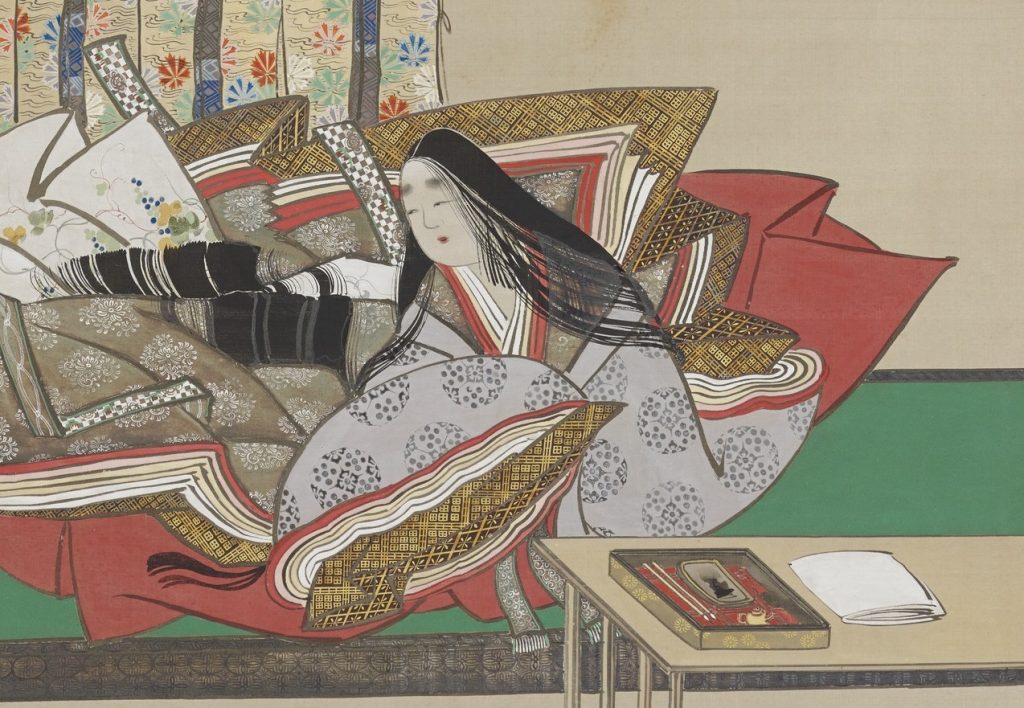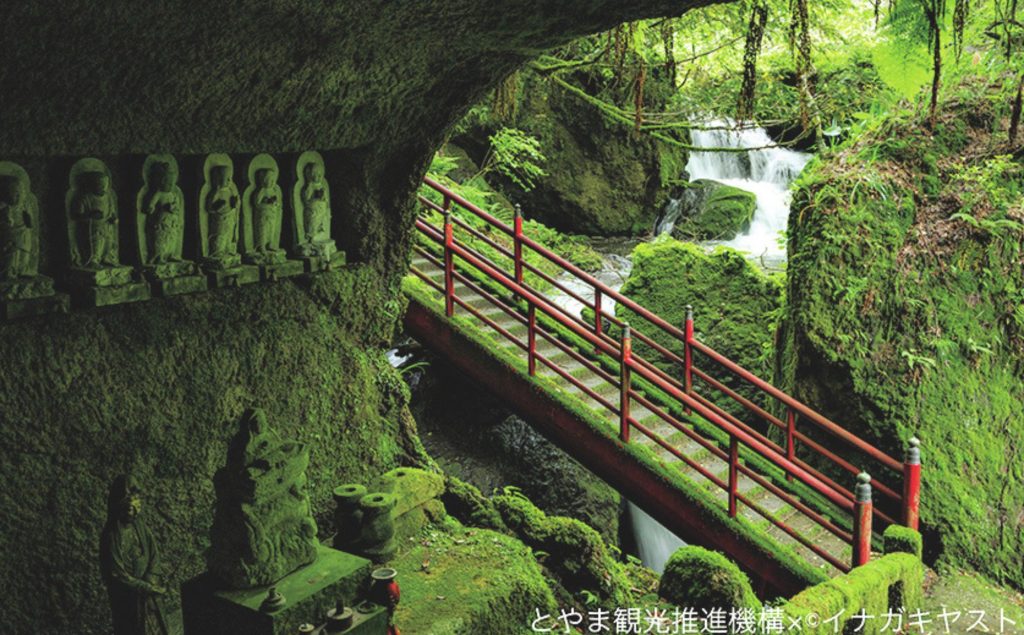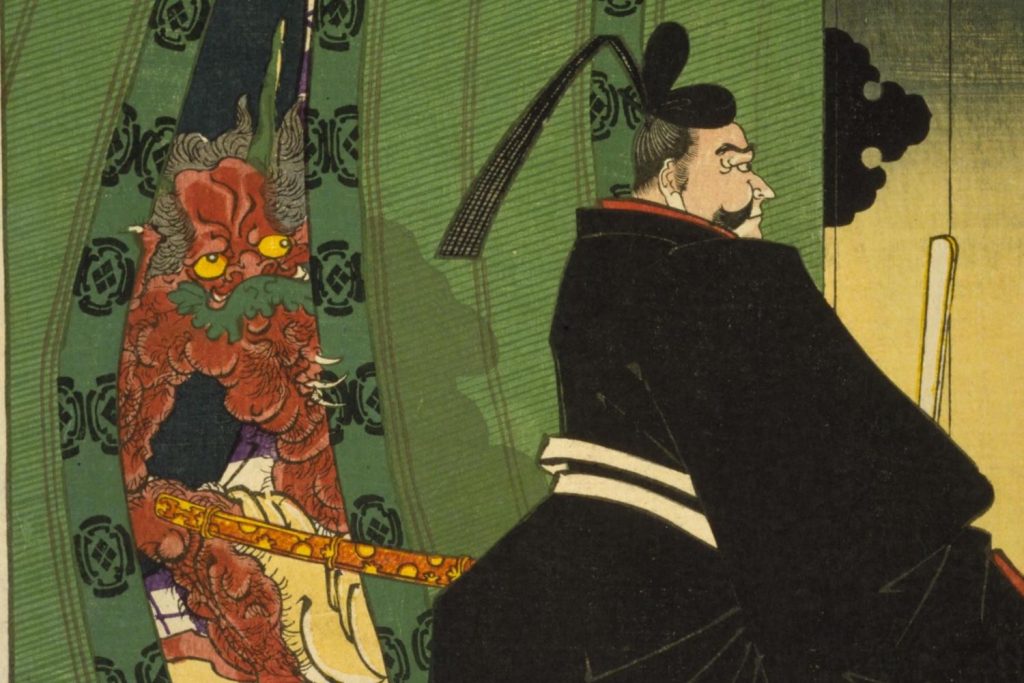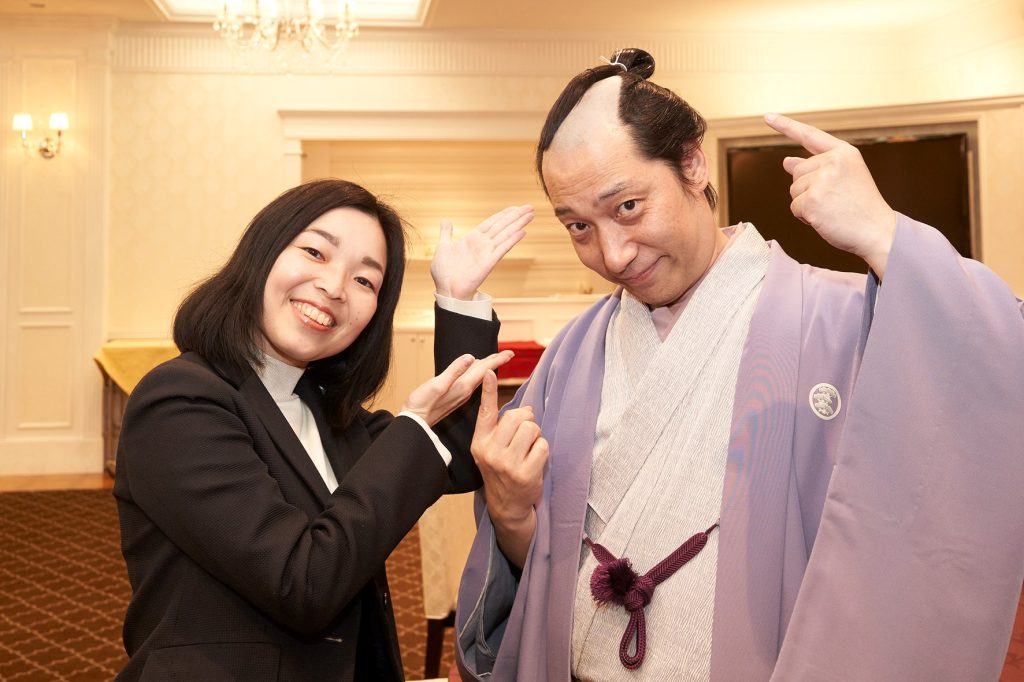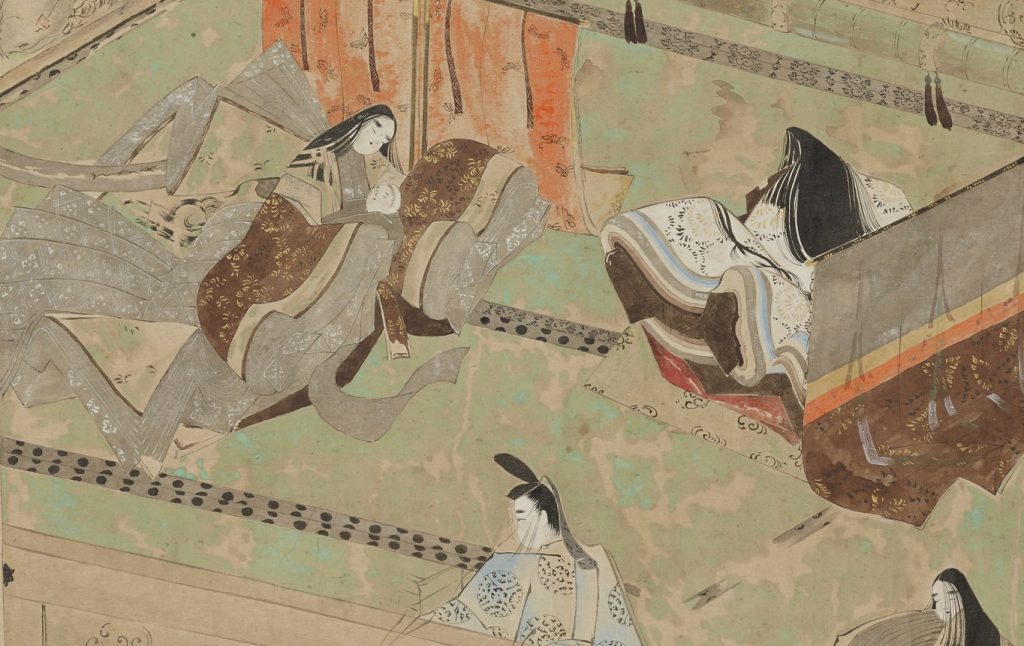Gion matsuri(祇園祭) is a summer tradition in Kyoto, and in 2022 the festival’s highlight, the Yamahoko Junko(山鉾巡行), was held for the first time in three years, with thorough infection control measures in place. Let’s take a look at the history of Gion matsuri, which is said to have originally started as a prayer to ward off epidemics.
Gion matsuri is a month-long festival at Yasaka Shrine
Gion matsuri is a summer festival at Yasaka Shrine (八坂神社, Gion, Higashiyama-ku, Kyoto).

The festival takes place over a month every year, from the first ritual event ‘Kippu-iri(吉符入り)’, on 1 July to pray for the festival’s safety, to the concluding event ‘Ekijinjya Nagoshisai(疫神社夏越祭)’ on 31 July.
The biggest highlight of the festival is the parade of floats decorated with a variety of decorations. The’mountain (山)’, on which a tree called maki (松) stands, and the ‘hoko(鉾)’, on which a metal float stands, are collectively known as the ‘yamahoko(山鉾)’.
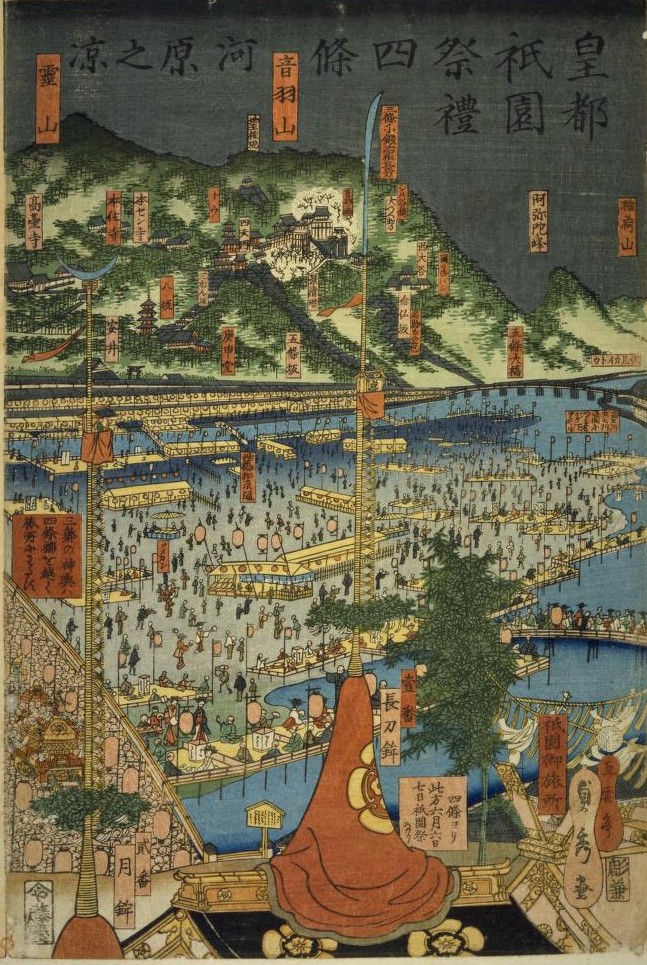
‘Koto Gion Sairei Shijo Kawara no Suzumi’ (皇都祇園祭礼四條河原之涼), Gountei Sadahide(五雲亭貞秀), from the Digital Collections of the National Diet Library.
Before 1965, the Shinkosai(神幸祭) and Kankosai(還幸祭) were held on different dates, with the Shinkosai being called the Saki-matsuri(前祭) and the Kankosai being called the Ato-matsuri(後祭), each divided into its own Yamahoko, but since the two festivals were combined in 1966, the procession has only been held on 17 July.
In recent years, however, the festival has been divided into the Saki-matsuri and Ato-matsuri again, with the Saki-matsuri being held from the 10th to the 17th with Hoko-tate(鉾建て) and Jyunko(巡行) on the 17th, and the Ato-matsuri being held from the 18th to the 24th. The Saki-matsuri includes the Naginatahoko, Tsukihoko(月鉾), Kankohoko(函谷鉾) and Kikusuihoko(菊水鉾) floats, while the Ato-matsuri includes the Minami-Kitakannonyama(南・北観音山) and Ofuneboko(大船鉾) floats.
UNESCO Intangible Cultural Heritage
A large number of people gather to watch the Yamahoko Junko every time. The order of the Yamahoko Junko is decided by a lottery.. This was started more than 500 years ago, after the Onin War. It is said to be a unique event that was created to avoid contention over who will lead.
In 2009, the Gion matsuri, which is steeped in its unique traditional culture, was independently inscribed on UNESCO’s Intangible Cultural Heritage List as the ‘Yamahoko gyouji of the Kyoto Gion matsuri’. In 2016, the festival was again inscribed as one of the ‘Yama, Hoko and Yatai gyouji’, a compilation of 33 festival events centred on the Dashi(山車) parade of floats from around Japan.
The Gion matsuri has a history dating from the Heian period
The history of the Gion matsuri can be traced back to the Heian period, when an epidemic of disease broke out across the country in 869, which was attributed to Susanoo-no-mikoto(素戔嗚尊), the main god of Yasaka Shrine (also known as Gozutenno(牛頭天王)), by imperial order. It is said that the origin of this festival dates back to the erection of 66 spearheads symbolising the number of countries in the country to pray for the disappearance of plague and disease. However, there are other theories, and the details are not known.
At a time when the causes of disease, such as viruses and bacteria, were unknown, it was believed that “the plague was the work of evil spirits” and that “the festival was held to ward off the plague”.
Eye-catching image:
‘Shokoku Meisho Hyakkei Kyoto Gion Sairei (諸国名所百景 京都祇園祭礼)’, Digital Collections, National Diet Library.
Main bibliography:
Digital edition of Kokushi Daijiten (Dictionary of National History)
Digital edition of the Nippon Encyclopaedia (Nipponica)
Digital version of Kadokawa Dictionary of the New Classical Language (Kadokawa Ridicule)
Gion Matsuri Yamahoko Association
This article is translated from https://intojapanwaraku.com/rock/culture-rock/198087/







